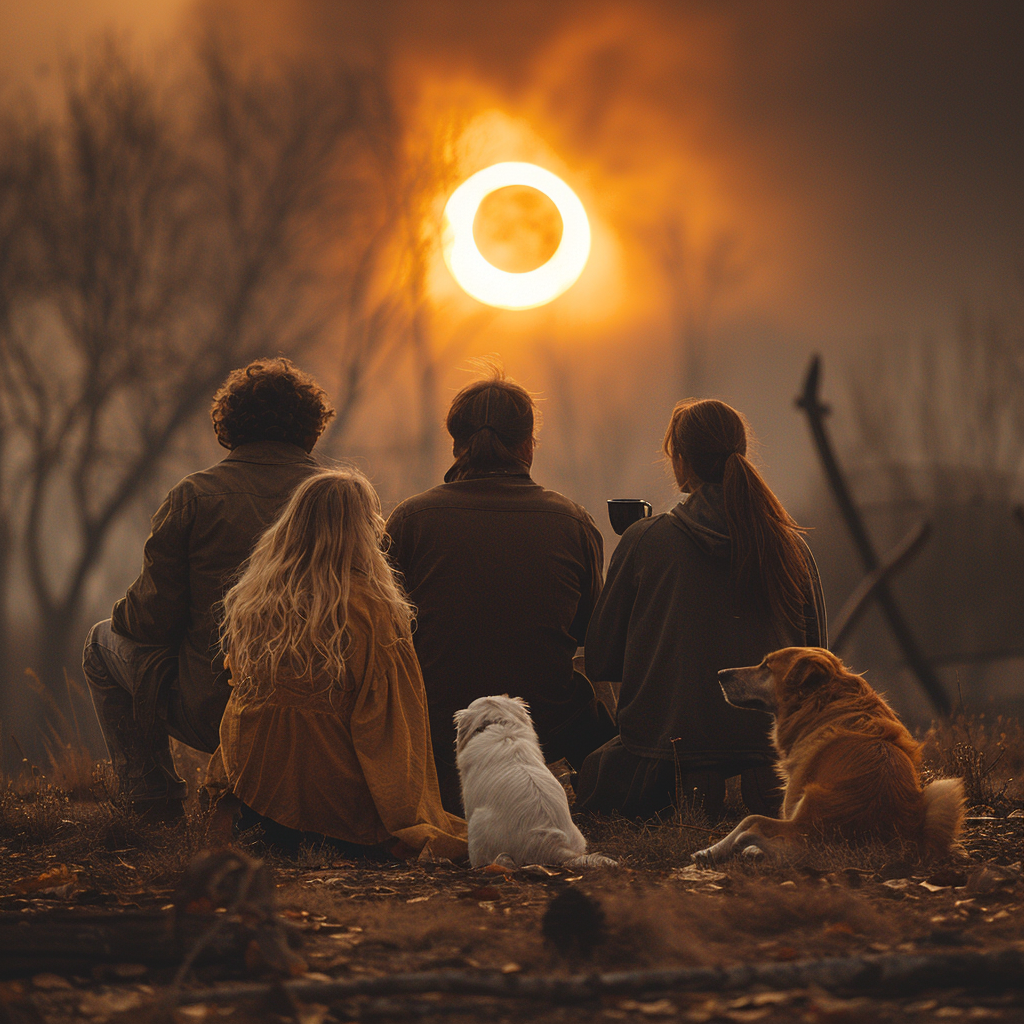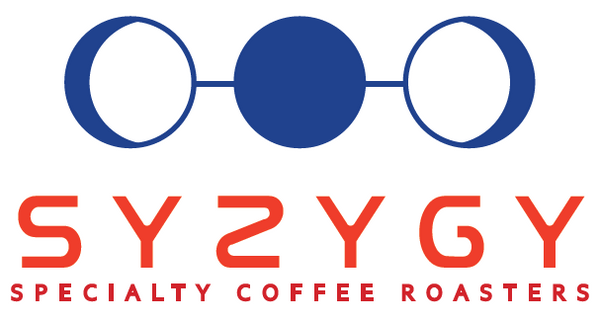
Eclipse Over Espresso: Last Minute Guide to the 2024 Total Solar Eclipse
Share
On April 8, 2024, a rare celestial event will unite millions of us as the moon casts its shadow across North America, from the bustling streets of Mexico to the serene landscapes of Newfoundland. As the day turns momentarily into night, we invite you to join us in marveling at this awe-inspiring spectacle with your favorite cup of coffee in hand. Here's everything you need to know to ensure your viewing experience is as breathtaking as your morning brew.
A Moment in the Dark Worth the Wait
This total solar eclipse is not just another astronomical event; it's a chance to witness the extraordinary dance between the Earth, moon, and sun. For a few precious minutes, day will turn to night, stars will shimmer in the daytime sky, and we'll stand together in the shadow of the moon. Whether you're in the path of totality or enjoying a partial view, this event promises to be a memorable one, especially with a warm cup of Syzygy coffee to accompany the spectacle.
Where and When to Watch
The eclipse begins its journey in the west coast of Mexico around noon Mountain Daylight Time, sweeping across the U.S. heartland from Texas to Maine, before bidding adieu in Newfoundland and Labrador around 5:15 p.m. NDT. An interactive map from leading space agencies can help you pinpoint the perfect viewing spot and time, along with the weather forecast to ensure clear skies for the best view.
Viewing Essentials: Safety First
To safely enjoy the eclipse, ditch the sunglasses and opt for eclipse glasses that meet international safety standards. It's not too late to snag a pair from trusted vendors. If you find yourself empty-handed, local institutions like libraries or museums might have spares. And remember, the unique experience of the eclipse is best shared, much like a good cup of coffee.
Alternative Viewing Methods
Missed out on eclipse glasses? No problem. Everyday items like colanders can project crescent shadows, offering a safe and fascinating viewing alternative. Online live streams will also bring the eclipse to you, perfect for a cozy viewing party with your favorite brew.
Photographing the Eclipse
Capture the moment with your smartphone by using a solar filter for the partial phases. And just as you might adjust your coffee's strength to suit the moment, remember to remove the filter during the total eclipse for the perfect shot.
Partake in Science Projects
The eclipse offers a unique opportunity for citizen science. Engage with apps designed to capture solar images or analyze how the eclipse affects nature. It's a chance to contribute to our understanding of the world, mirroring the way coffee connects us to different cultures and ecosystems.
The Next Opportunity
If you miss this eclipse, don't worry. The world is full of wonders, including future eclipses in other parts of the globe. Until then, let's cherish the daily ritual of enjoying a cup of coffee, reminding us of the beauty in both celestial and earthly moments.
In Conclusion
As we anticipate this celestial phenomenon, let's reflect on the daily wonder of coffee and how it brings us together. Whether you're viewing the eclipse online or under the open sky, a cup of Syzygy coffee can make the moment even more special. Visit us at Syzygycoffee.com to explore how coffee and cosmic events converge in beautiful harmony. Here's to shared moments of wonder and the cups that bring us together. Cheers to the cosmic ballet and the coffee that keeps us grounded.
Some Interesting Facts
-
A Cosmic Coincidence: Our current distance from the moon is almost perfect, allowing it to cover the sun precisely while leaving a glowing ring of light, known as the "ring of fire" or annularity. This delicate balance between the moon's size and its distance from us creates the breathtaking phenomenon of total and annular eclipses.
-
The Moving Moon: The moon is gradually moving away from Earth at about 3.8 cm (about 1.5 inches) per year. This means that billions of years from now, total solar eclipses will no longer occur because the moon will appear too small in the sky to completely cover the sun.
-
Solar Eclipses on Other Planets: Solar eclipses are not unique to Earth. However, the dramatic total solar eclipses we experience, with the perfect sizing and positioning, are a rarity in the solar system. For example, a viewer on Jupiter would see solar eclipses caused by its moons, but these would look vastly different due to the moons' sizes and distances.
-
The Temperature Drop: During a total solar eclipse, temperatures can drop significantly, often by 10 to 15 degrees Fahrenheit. This sudden change is enough to create a noticeable chill, making the experience even more surreal.
-
Animal Behavior Changes: Animals often react to the sudden darkness of a total solar eclipse in unique ways. Birds may return to their nests, and nocturnal animals can become active, confused by the abrupt nightfall.
-
Historical Significance: Solar eclipses have been recorded and revered throughout human history. Ancient civilizations often interpreted them as omens or messages from the gods, leading to significant societal and cultural impacts.
-
The Diamond Ring Effect: Just before totality, when a single bright point of sunlight shines through a valley on the moon's surface, viewers are treated to the "diamond ring" effect. This dazzling phenomenon is one of the most photographed aspects of a solar eclipse.
- Eclipse Shadow Bands: Mysterious and elusive, shadow bands are thin, wavy lines of shadow that move across the ground just before and after totality. Scientists believe they're caused by Earth's atmosphere refracting the last slivers of sunlight.
